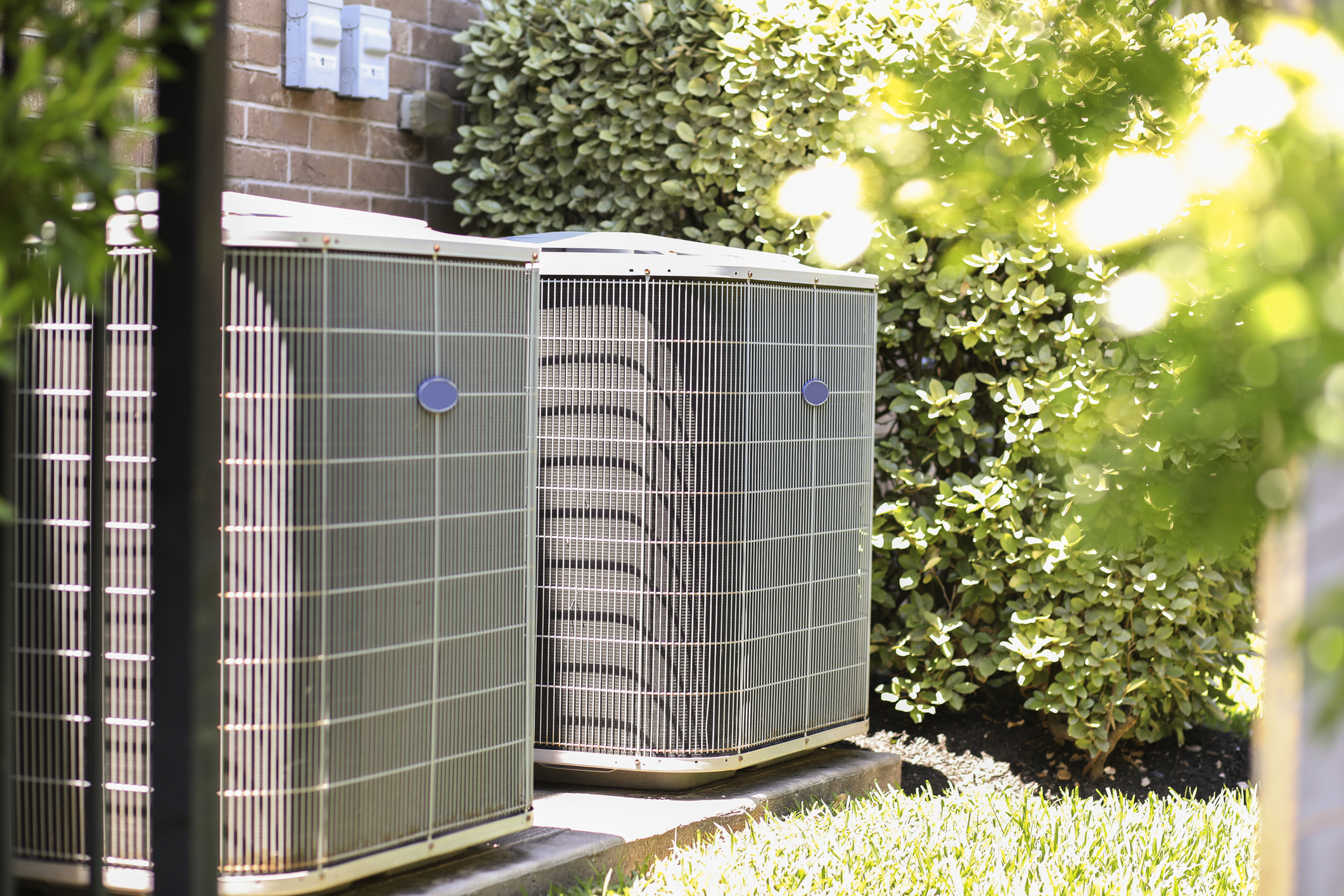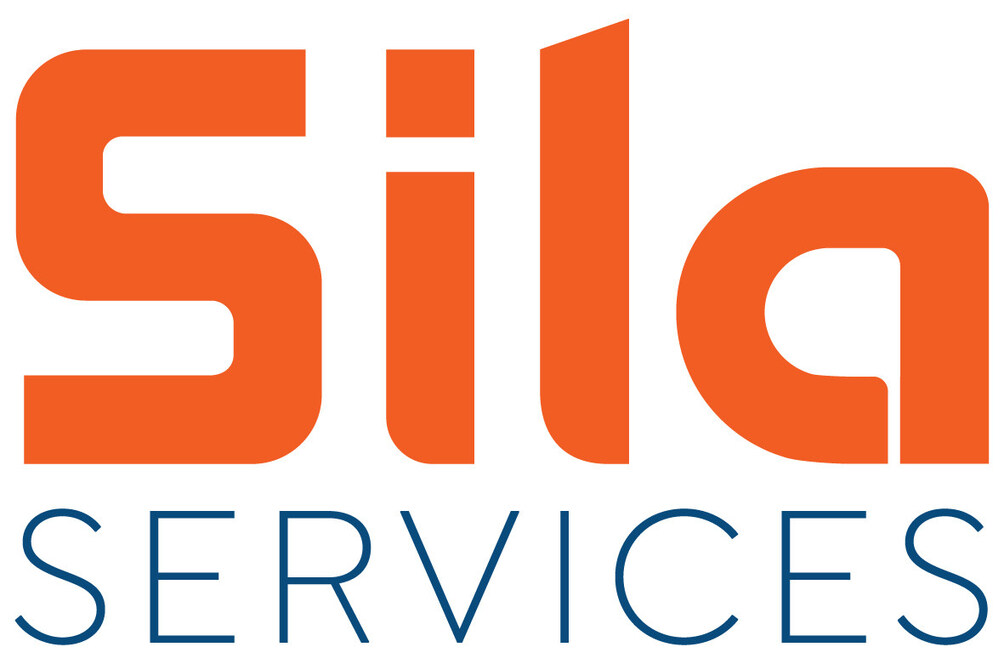
News
Low-profile Compressors Help OEMs to Overcome Design Challenges
Dynamic food retail market trends are driving changes in commercial refrigeration design strategies. Over the past decade, retailers have expanded their store portfolios to include smaller-footprint grocery stores targeted to serve growing urban markets. However, traditional centralized rack refrigeration systems simply aren’t always the most optimal choice for these smaller formats. Many operators are exploring distributed refrigeration strategies that leverage the merchandising flexibility offered by self-contained refrigerated display cases.

Self-contained cases also help retailers to address emerging refrigerant regulations and support broader corporate sustainability initiatives. These units provide retailers with multiple lower-global warming potential (GWP) refrigerant options, including R-290 and more familiar A1 refrigerants, such as R-448A. In addition, energy efficient refrigeration helps retailers to check another box on their sustainability list and meet the standards set by the Department of Energy’s (DOE) ENERGY STAR® certification.
For original equipment manufacturers (OEMs) of self-contained systems, accommodating this expanding list of end user preferences can present significant design challenges. Improving energy efficiencies or achieving ENERGY STAR certification can require the use of large-capacity condenser coils — a strategy that has been commonplace since previous efforts to comply with energy efficiency mandates set forth by the DOE.
But these coils can take up precious merchandising space in the case itself, and potentially leave less room for other key system components, including the compressor. As a potential workaround, OEMs have adopted other design strategies such as placing the compressor and/or condensing unit on top of the case itself. Unfortunately, this strategy can create additional design drawbacks:
- Increasing the overall size of the case
- Limiting its aesthetic appeal
- Creating higher noise levels throughout a store
Recent advancements in compression technology have led to a reduction in the size of compressors used in these self-contained applications. For OEMs, these much-needed, low-profile compression options allow them to achieve their customers’ regulatory compliance and sustainability goals — without sacrificing performance, merchandising space or the design aesthetic of their display cases.
Introducing low-profile Copeland compressors
Today, Copeland leads the industry in the development of low-profile, fractional and smaller horsepower (HP) scroll and hermetic compressors. Available in fixed and variable speed options, Copeland compressors allow OEMs to reclaim their merchandising space while providing the energy-efficient, low-GWP refrigeration that customers demand.
For OEMs seeking a full condensing unit solution, Emerson works closely with its customers in the design and development of condensing units that utilize our low-profile Copeland compression technology. We’re ready to review your design qualifications and support your efforts to achieve ENERGY STAR certification.
Low-profile Copeland hermetic compressors
Our low-profile Copeland hermetic compressor models are ideal for many smaller, medium- and low-temperature, reach-in units and display cases.
- Fixed speed models are available in fractional ranges from ⅛ to 1¼ HP.
- Variable speed models deliver additional energy-efficiency gains and include an integrated variable frequency drive (VFD) with a smart controller to enable modulation from ⅛ to ⅞ HP.
- Refrigerant options for low-profile hermetic compressors include the A1 R-448/449A, and the A3 R-290 for lower-GWP and higher energy efficiency.
Low-profile, horizontal Copeland scroll compressors
Low-profile, horizontal Copeland scroll compressor models are designed to enable larger capacities in smaller spaces while delivering industry-leading reliability, efficiency and low noise levels for which Copeland scroll is well-known. These versatile compressors can be leveraged in a wide range of applications for stand-alone display cases and self-contained packaged systems.
Also available in fixed and variable speed models, horizontal Copeland scrolls deliver proven performance benefits while mitigating OEM design challenges:
- Fixed speed models are available in ranges from 1 to 3 HP.
- Variable speed models can be modulated from ½ to 4 HP and are paired with our advanced Copeland VFDs, EVM/EVH series.
The integration of Copeland EVM/EVH series of drives with the Copeland variable speed scroll platform provides a variety of performance enhancements:
- Increased equipment reliability through proactive motor failure prevention
- Decreased susceptibility to power issues
- Reduced start/stop events
- Full system integration with supervisory control platforms
- Low-profile, horizontal scrolls also are approved for use with A1 and R-290 refrigerants today, with approval of A2Ls forthcoming.
Variable speed compressor benefits
To provide the energy reductions required to achieve ENERGY STAR certification, Copeland variable speed compressors utilize brushless permanent magnet (BPM) motors, rather than traditional induction motors. By integrating Copeland variable speed compressors into their stand-alone display cases and self-contained packaged units, OEMs can achieve significant efficiency improvements and the associated benefits of variable-capacity modulation:
- Advanced temperature precision
- Sustainable operation with lower-GWP refrigerants
- Significant reliability and performance improvements
- Utilizing a Copeland EVM/EVH drive amplifies these benefits while also providing advanced compressor protection.
The Copeland indoor modular solution
The Copeland indoor modular solution is designed to give OEMs of larger self-contained cases a modular refrigeration package that integrates a low-profile, Copeland horizontal variable speed scroll compressor, refrigeration circuit and electronic controls within the unit itself.
This modular design makes it easy to scale a distributed refrigeration system from one to multiple units, with all cases connected to a shared water loop to remove heat from the store.
Big performance in small packages
By delivering superior performance in small sizes and fractional horsepower ranges, the Copeland low-profile compression portfolio helps OEMs to overcome design limitations and achieve their energy efficiency, sustainability and merchandising goals.
Whether you need fractional HP hermetic or larger-capacity, horizontal scroll compressors — in fixed and variable speed options — Copeland’s low-profile compression solutions and condensing units allow you to meet a wide range of design specifications.
In her role as Emerson’s director of integrated marketing for cold chain, Julie is responsible for overseeing the development and execution of holistic marketing strategies. Her efforts encompass Emerson’s cold chain compression and controls solutions along with software and services across the company’s major market segments. Julie leads environmental sustainability initiatives across the cold chain, executing on Emerson’s brand promise of helping customers and the world to be more sustainable.
Julie has six years of industry experience. Prior to her current role, she was most recently a product marketing manager focusing on go-to-market strategies for the Copeland portfolio of products. She also spent three years as product manager for condensing units, where she focused her efforts on the development and marketing of condensing units to serve the foodservice and food retail markets. She also held roles at Emerson in strategic pricing and market analysis. Prior to Emerson, Julie had more than 10 years of experience in a variety of business-to-business (B2B) companies, including roles as a product and business analyst and a market research supervisor.
Julie earned a bachelor’s degree in marketing and decision sciences from Miami University.












